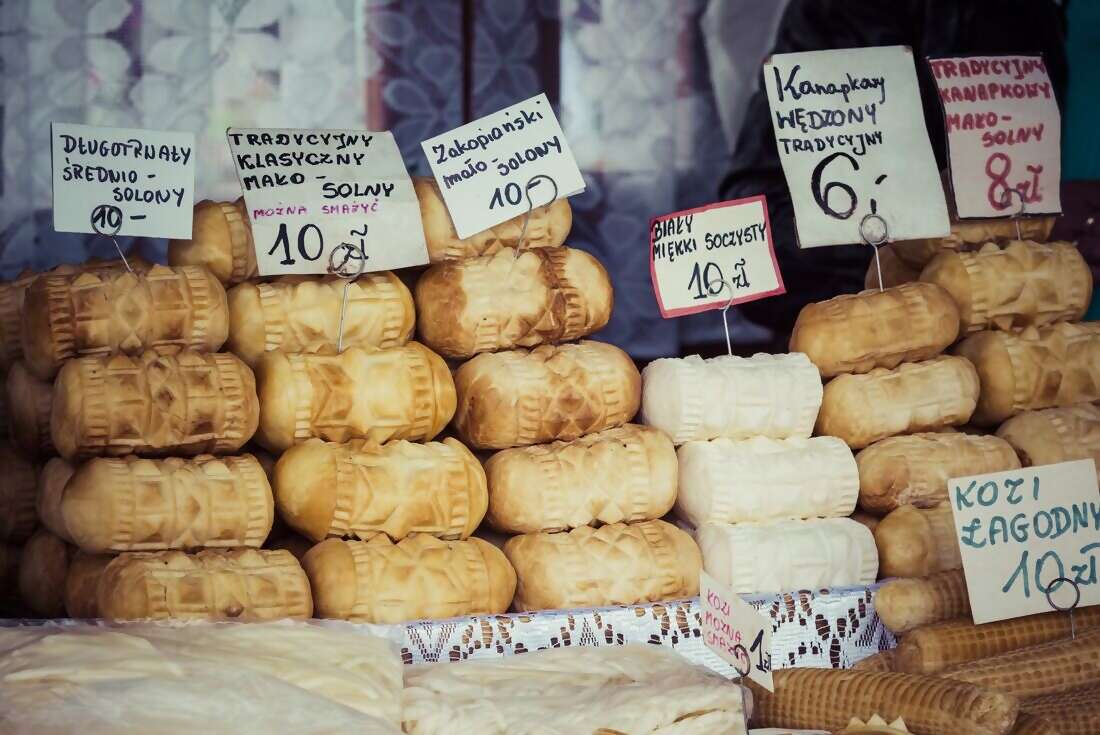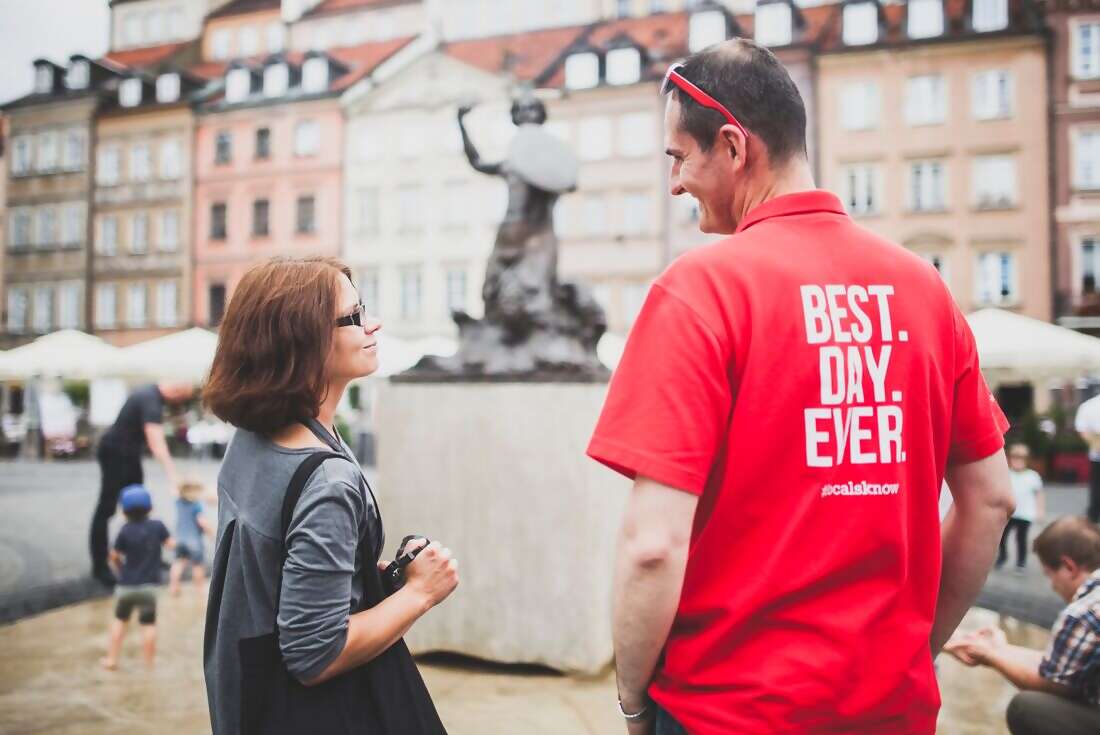 Uncover the cultural riches and historical intrigues of four fascinating countries on a journey through Poland and the Baltic states. This 18-day highlights tour of Poland and the Baltics will get you in the know with Soviet history, inspired by the variety of architecture and cultural richness of the country, and full of as much pierogi and vodka you can manage. Let Poland please you with a journey through its urban attractions, then cross into Lithuania, before exploring the Baltic capitals of Riga and Tallinn. Encompassing both historical attractions and outings for the active, a bit of Europe both old and new, this is the trip for travellers wanting to check out a side of Europe often overlooked.
Uncover the cultural riches and historical intrigues of four fascinating countries on a journey through Poland and the Baltic states. This 18-day highlights tour of Poland and the Baltics will get you in the know with Soviet history, inspired by the variety of architecture and cultural richness of the country, and full of as much pierogi and vodka you can manage. Let Poland please you with a journey through its urban attractions, then cross into Lithuania, before exploring the Baltic capitals of Riga and Tallinn. Encompassing both historical attractions and outings for the active, a bit of Europe both old and new, this is the trip for travellers wanting to check out a side of Europe often overlooked.Highlights
Discover the Orwellian neighbourhood of Nowa Huta – an alternative district in Krakow that showcases the communist influence in Poland.
Take a guided tour of maritime Gdansk, walking through the old town and understanding how this main trading port has been important in Poland’s history.
Feast on Kashubian specialities with an included meal at Tawerna Mestwin – you’ll feel like you’re eating in a traditional farm cottage!
Tour the remnants of Wolf’s Lair – an important military headquarters during the battle for the Eastern Front.
Enjoy a farm stay experience and home-cooked meal on Estonia's largest and largely untouched island, Saaremaa.











- You will visit the following places:
-

Krakow
Krakow, a city in southern Poland, is known for its well-preserved medieval core and Jewish quarter. It is the second largest and one of the oldest cities in Poland. It has traditionally been one of the leading centres of Polish academic, cultural, and artistic life and is one of Poland's most important economic hubs. The city has grown from a Stone Age settlement to Poland's second most important city. It began as a hamlet on Wawel Hill and was already being reported as a busy trading centre of Slavonic Europe in 965. With the establishment of new universities and cultural venues at the emergence of the Second Polish Republic in 1918 and throughout the 20th century, Kraków reaffirmed its role as a major national academic and artistic centre.
-

Warsaw
Warsaw is the capital and largest city of Poland. It is located on the Vistula River roughly 260 kilometers from the Baltic Sea and 300 kilometers from the Carpathian Mountains. In 2012 the Economist Intelligence Unit ranked Warsaw as the 32nd most liveable city in the world. It was also ranked as one of the most liveable cities in Central Europe. Today, Warsaw is considered an "Alpha–global city'', a major international tourist destination and a significant cultural, political and economic hub. Warsaw's economy, by a wide variety of industries, is characterised by FMCG manufacturing, metal processing, steel and electronic manufacturing and food processing. The city is a significant centre of research and development, BPO, ITO, as well as of the Polish media industry. The Warsaw Stock Exchange is one of the largest and most important in Central and Eastern Europe. Frontex, the European Union agency for external border security, has its headquarters in Warsaw. It has been said that Warsaw, together with Frankfurt, London, Paris and Barcelona is one of the cities with the highest number of skyscrapers in Europe. Warsaw has also been called "Eastern Europe’s chic cultural capital with thriving art and club scenes and serious restaurants".
-

Gdansk
Gdańsk (Danzig in German) is a port city on the Baltic coast of Poland. Gdańsk is situated at the mouth of the Motlawa River, connected to the Leniwka, a branch in the delta of the nearby Vistula River, whose waterway system supplies 60% of the area of Poland and connects Gdańsk to the national capital in Warsaw. This gives the city a unique advantage as the focus of Poland's sea trade. Together with the nearby port of Gdynia, Gdańsk is also an important industrial centre. Historically an important seaport and shipbuilding centre, Gdańsk was a member of the Hanseatic League. At the center of its Main Town, reconstructed after WWII, are the colorful facades of the Long Market, now home to shops and restaurants.
-

Vilnius
Vilnius is the capital of Lithuania, and its largest city, with a population of 560,190 as of 2010. It is the seat of the Vilnius city municipality and of the Vilnius district municipality. It is also the capital of Vilnius County. Vilnius is a cosmopolitan city with diverse architecture. There are 65 churches in Vilnius. Aušros Vartai Street. The icon of The Virgin Mary, Mother of Mercy is venerated in a chapel at the medieval gate at the top of this street. Like most medieval towns, Vilnius was developed around its Town Hall. The main artery, Pilies Street, links the Royal Palace with Town Hall. Other streets meander through the palaces of feudal lords and landlords, churches, shops and craftsmen's workrooms.
-

Riga
Riga is the capital and largest city of Latvia, a major industrial, commercial, cultural and financial centre of the Baltics, and an important seaport, situated on the mouth of the Daugava. With 706,413 inhabitants (2010) it is the largest city of the Baltic states. Riga's territory covers 18.60 square miles and lies between 1 and 10 metres (3.3 and 33 ft) above sea level, on a flat and sandy plain. Riga's historical centre has been declared a UNESCO World Heritage Site, and the city is particularly notable for its extensive Jugendstil (German Art Nouveau) architecture, which UNESCO considers to be unparalleled anywhere in the world.
-

Tallinn
Tallinn is the capital and largest city of Estonia. It occupies an area of 159.2 km2 (61.5 sq mi) with a population of 412,144. It is situated on the northern coast of the country, on the banks of the Gulf of Finland, 80 km (50 mi) south of Helsinki, east of Stockholm and west of Saint Petersburg. Tallinn's Old Town is in the list of UNESCO World Heritage Sites. Tallinn is ranked as a global city and has been listed among the top 10 digital cities in the world. Tallinn is a European Capital of Culture for 2011, along with Turku, Finland.